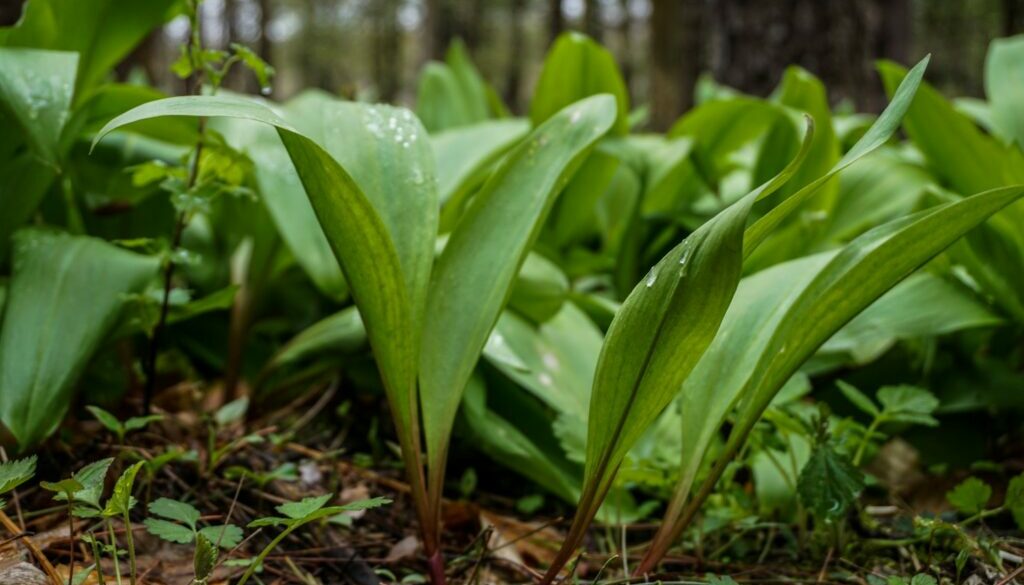Ramps: How To Eat This Native Plant
Foraging and finding plants to eat that naturally grow in the woods isn’t always easy. Luckily, ramps are one foraged edible that can be easily identified. The problem though, is that the popularity of eating this native, wild plant has put its future in jeopardy. So many people are foraging for wild ramps each spring that in some areas they’re diminishing in growth and not reproducing quickly enough to keep up with demand.
You can purchase them in stores like Wegmans when they’re in season. Presumably these have been responsibly sourced or farm-grown to ensure that wild patches continue to thrive. Or, there are plenty of places to find them growing naturally around the Finger Lakes, but you have to ask permission of the landowner. It is illegal to take plants of any kind from federal, state, local, private or conservancy properties.
If you’ve been hearing about ramps in recent years, it’s because the culinary scene can’t get enough of them. For roughly the last decade, ramps have been super popular each spring. Eating a wild plant found in the woods might make you trepidatious, but fear not. By the time you’ve finished reading this, you’ll be fully prepared for spring.
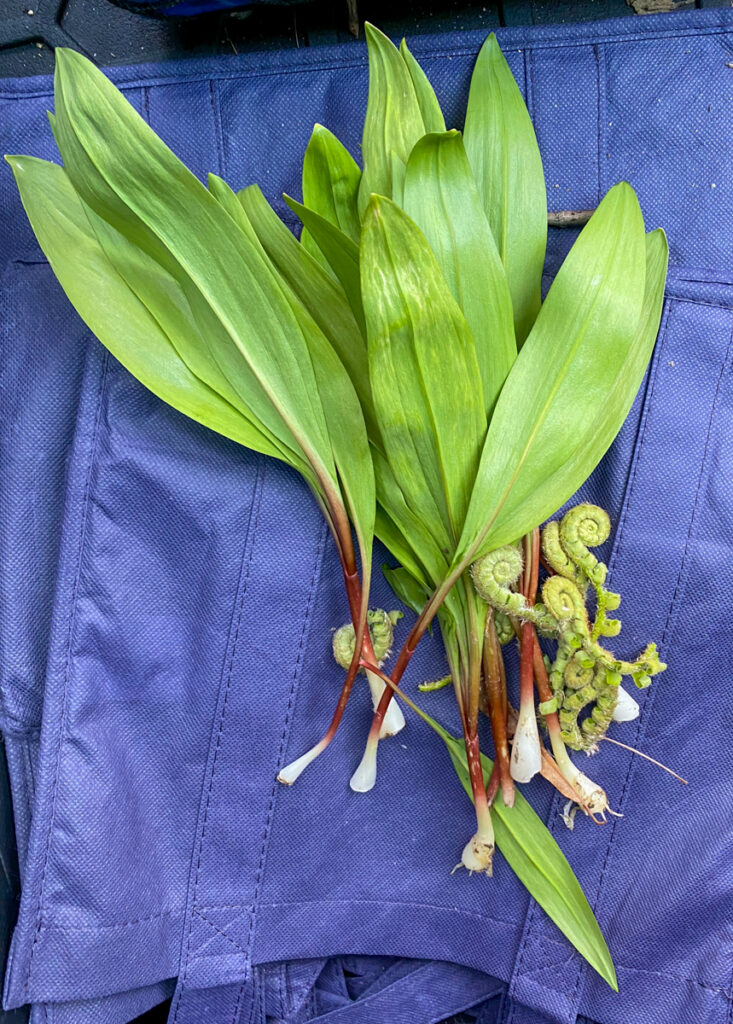
What Are Ramps?
A ramp (Allium tricoccum) is a species of wild onion that grows naturally in wooded areas in North America. They’re also called “wild leeks” and they are a bit like a leek, except their greener ends are more leafy. They’ve got a mild garlic aroma that you can catch just by gently rubbing the leaf between your fingers. A few years ago I found a patch here in the Finger Lakes so bountiful that even just walking by offered a faint garlic bouquet to the spring breeze.
Above the dirt, they have wider, dark green, hearty leaves that droop so they kind of look like floppy bunny ears. Just a couple inches below ground, the pale white bulb has tiny little roots similar to a leek. Most of the time they’ll also have a maroon-ish transition between the bulbs and the leaves.
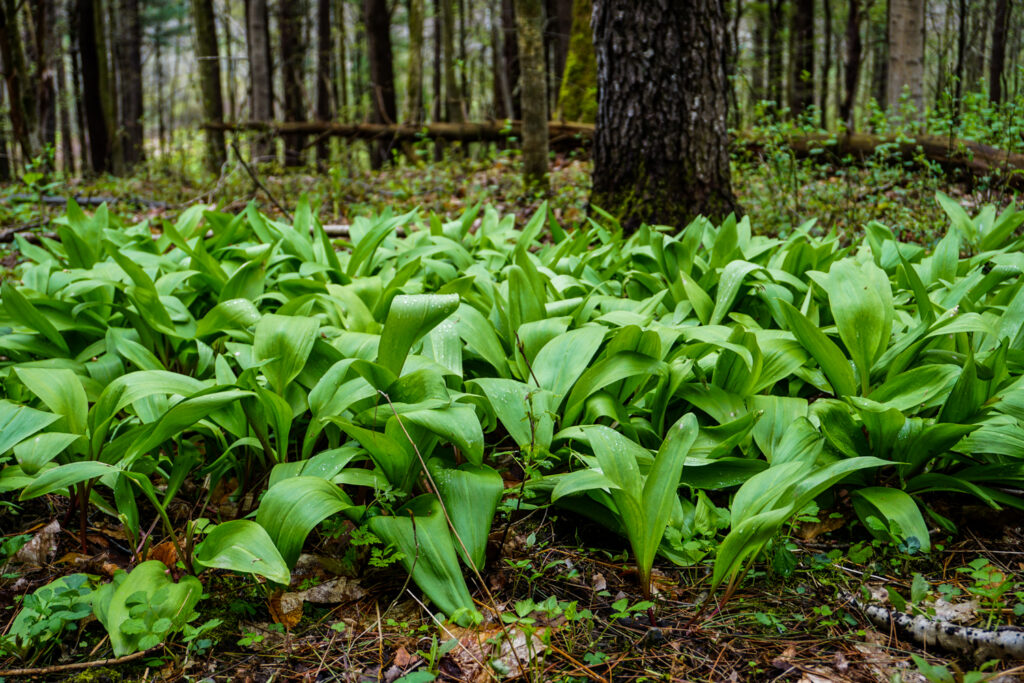
The aroma is mild, but still pretty powerful. Even just smelling a leaf on a plant that is still rooted will remind you of garlic right away. In flavor the leaves are slightly bolder, but the bulb offers a bit more texture.
Unfortunately, ramps also can appear similar to Lily of the Valley which are poisonous to humans. If you’re not able to smell garlic, it’s probably not a ramp. If you’re unsure, just leave it.
How To Forage Ramps Sustainably
As I mentioned before, ramps are becoming somewhat scarce, so the topic of foraging is controversial. If you have permission of the property owner, then it is important to know how to forage for them sustainably. They reproduce two ways: they flower and go to seed, and also can reproduce by planting their bulbs.
Naturally in the woods, they obviously only reproduce by seed. Their growing season is a quick 5-6 weeks in the spring. That means if someone is going and picking all the ramps in that area, they don’t have time to reproduce. Because of their popularity, people have been picking quicker than the ramps are able to replenish themselves.
One way to help preserve a wild population is just by taking the stem and leaves. Bring a knife or scissors and cut the stem just an inch or so above the surface of the ground. Leaving that bulb and roots in the ground will allow that plant to cultivate itself next season. (Hopefully.)
Cultivating Your Own At Home
While they can be cultivated by planting a bulb, ramps are a bit fickle about where they prefer to grow.
Start by cutting the bulb in a diagonal cut in the area where the whiter bulb transforms into a greener stem. I’ve heard of planting these upside-down in the dirt, but I’ve never bothered since that’s not how they root in the wild. I have buried mine roots down, cut end up about two inches into the ground.
You’ll want a spot that is mostly shade and stays pretty wet in the spring. I was able to successfully cultivate ramps under the eaves of my house in the front yard which faces north. The spot I use is 100% shaded all day long and right up next to the blocks of my basement.
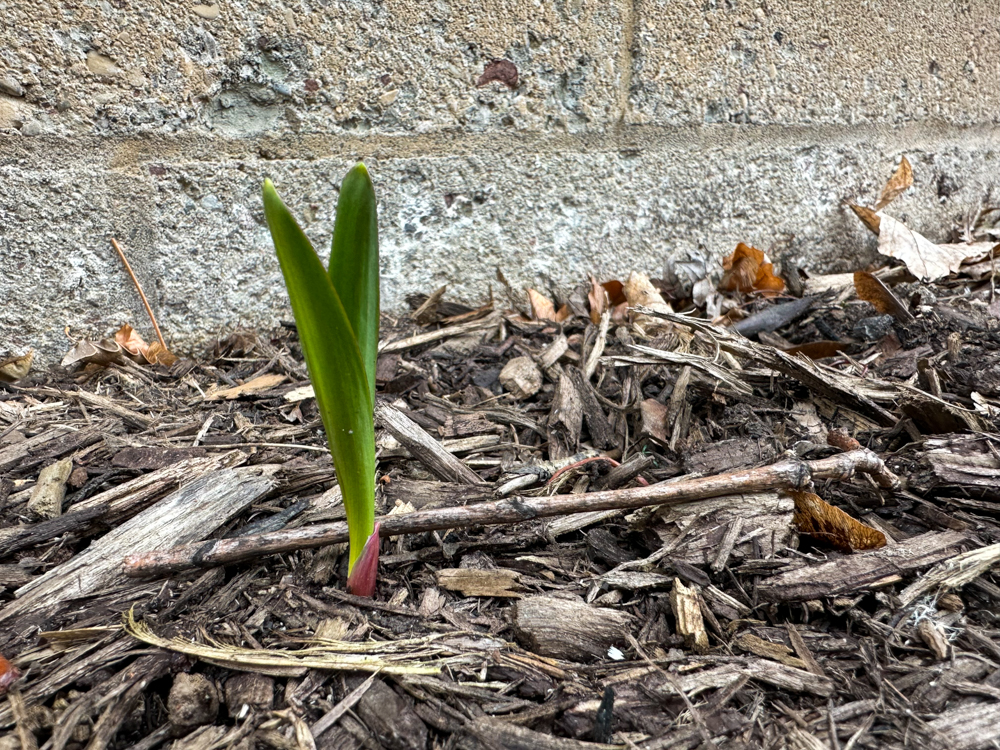
Don’t give up if you’re not successful!
Ramps are not easy at all to grow on your own. You might need to try a few spots before you find one they like. Once you find a spot they like–leave them be. They should continue to grow after year and hopefully reproduce!
How To Eat Ramps
There’s probably a million ways to use ramps in your cooking. Think of places you’d want to incorporate just a hint of garlic and the subtle texture of a leafy green.
Here’s just a few ideas for you:
- Chop them up and mix them in a salad
- Chop them finely in a food processor and make a compound butter
- Drizzle with olive oil and grill with other veggies
- Spruce up a soup
- Add them to a sandwich
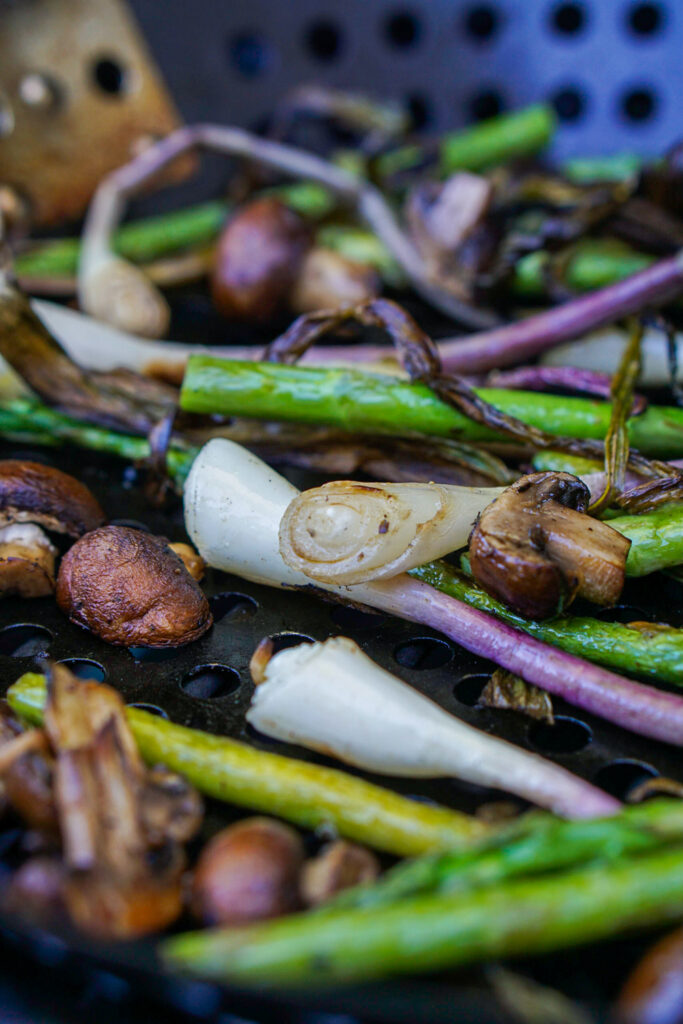
If you cook with chives or scallions, try switching those out for ramps. While there are some notable differences, they’re fairly similar.
Whatever you do though, don’t wait! A few days out of the ground and they’ll start to wilt. If you lose them, you’ll have to wait a whole 11 months until they (hopefully) come back!

